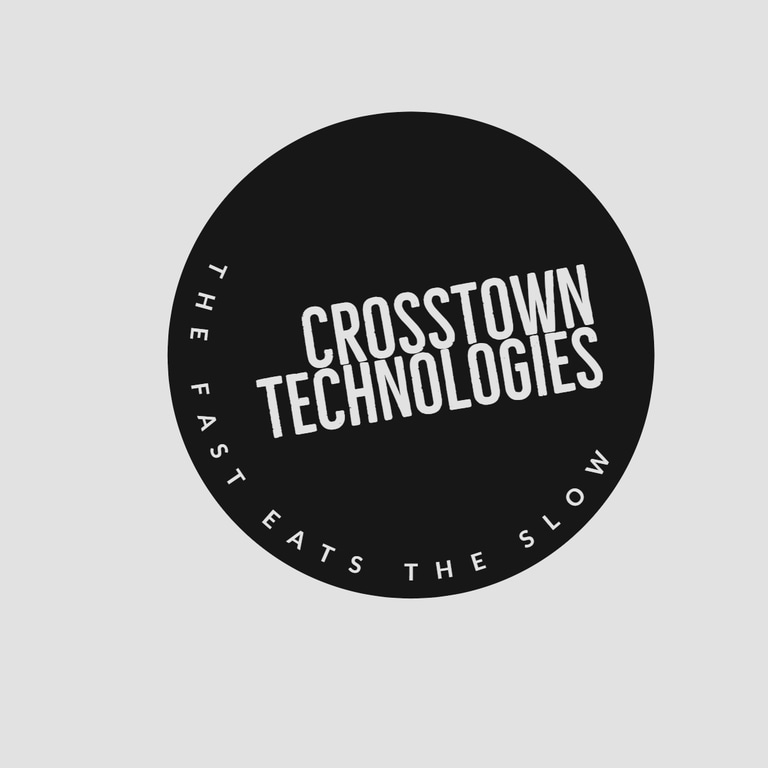THERE IS INTELLIGENCE IN THE DATA
The most common mistake small business owners make is not to implement a procedure to collect relevant data from their customers and clients. For example, a customer walks into a clothing store in downtown any-town-USA, looks around, then picks an outfit, goes to pay for it and walks out of the store and leaves - no question asked. In this scenario, the store owner has lost an opportunity to collect some basic data(information) about that customer. A simple solution that the store owner can implement is to install a kiosk by the entrance door and encourage every customer (buy or not) to volunteer for a short survey. In the survey data, professional data analysts can uncover insights as to why that customer may have visited your store and what can be done to have that customer keep coming back again and again to your store.




POINT AND CLICK APPLICATIONS FOR BASIC DATA MINING TO GAIN INTELLIGENCE
Excel is one of the most used spreadsheets in data mining although Tableau may be the most useful among the point-and-click applications. Excel can produce decent pivot table that quickly allow small business owners if their data is skewed to the left or to the right or has a bell-shape distribution.
PROGRAMMABLE APPLICATIONS FOR BASIC DATA MINING TO GAIN INTELLIGENCE
A fairly good amount of basic exploratory work can be done on a dataset using point and click applications such as Excel and Tableau. But their capabilities is limited to their internal features. R is a data mining / data analytics tools written and configured by statisticians nonetheless, it buckles under the weight of big dataset such as for instance "historic arrest data of nyc" that contains over 5.5 million entries.


